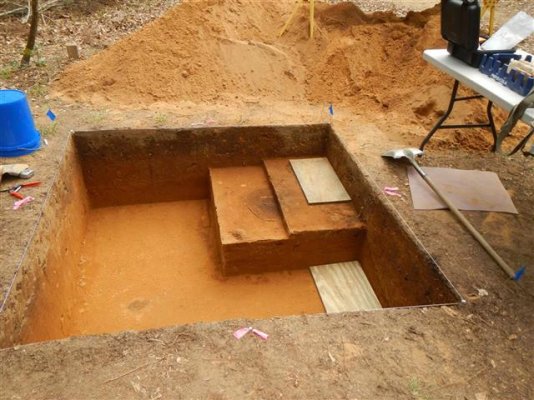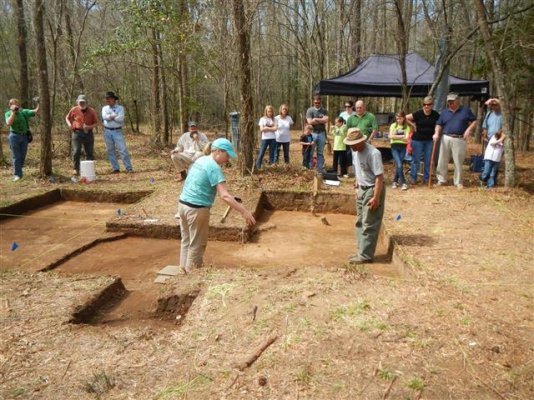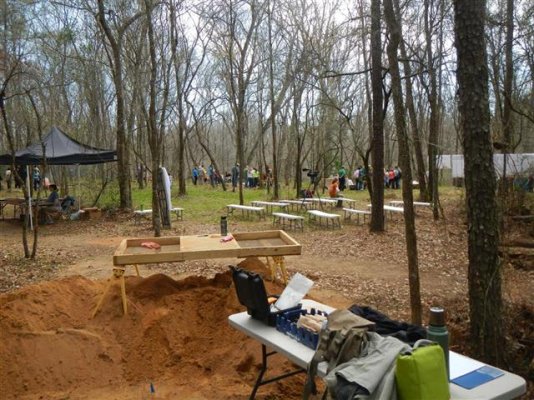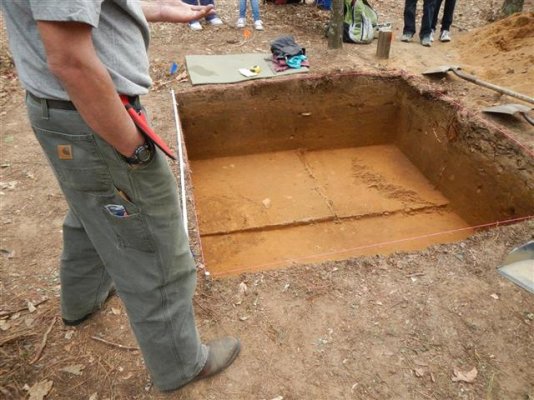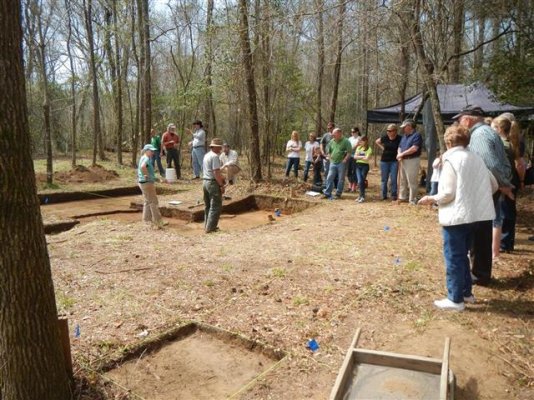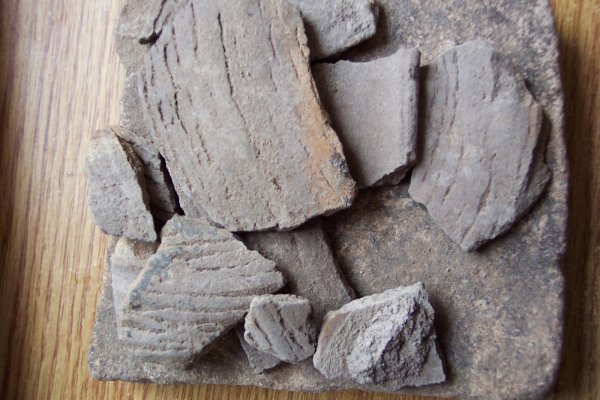Can't claim to be an archaeologist, but did dome "digging" back in the early 1950's on the Maine coast in "shell middens". ( It was in my junior year at Bowdoin.) Middens are huge shell heaps created by the empty shells left by indians who lived in Maine between 5,000 and 2,500 years ago.
Huge, meaning literal mountains of heaps more than a 100 yards wide and out from hills on the shoreline by the same distance, and more than 30 feet high.
Until the early 1930's these shell heaps were mostly utilized by fertilizer companies. Now, some of the heaps are marginally protected for archaeological purposes.
Digging at the time we were there was a little bit chancy, as the clam and oyster shells are very sharp, and even with gloves, we came away cut up and bloody. In the few times we went to dig, we found shards of pottery and some very crude tools for breaking shells, as well as some flint (fist sized) knives, (or so we thought).
It's hard to consider Indians, in Maine, as long as 5,000 years ago.
Here's one of the articles about the subject.
Chapter 4
